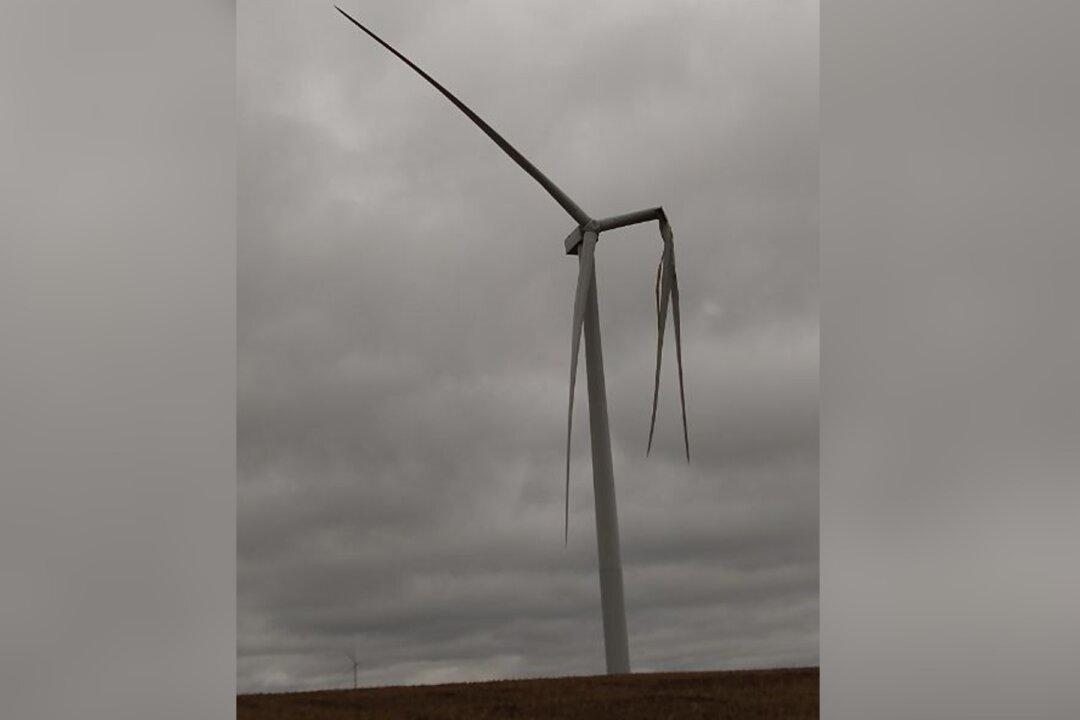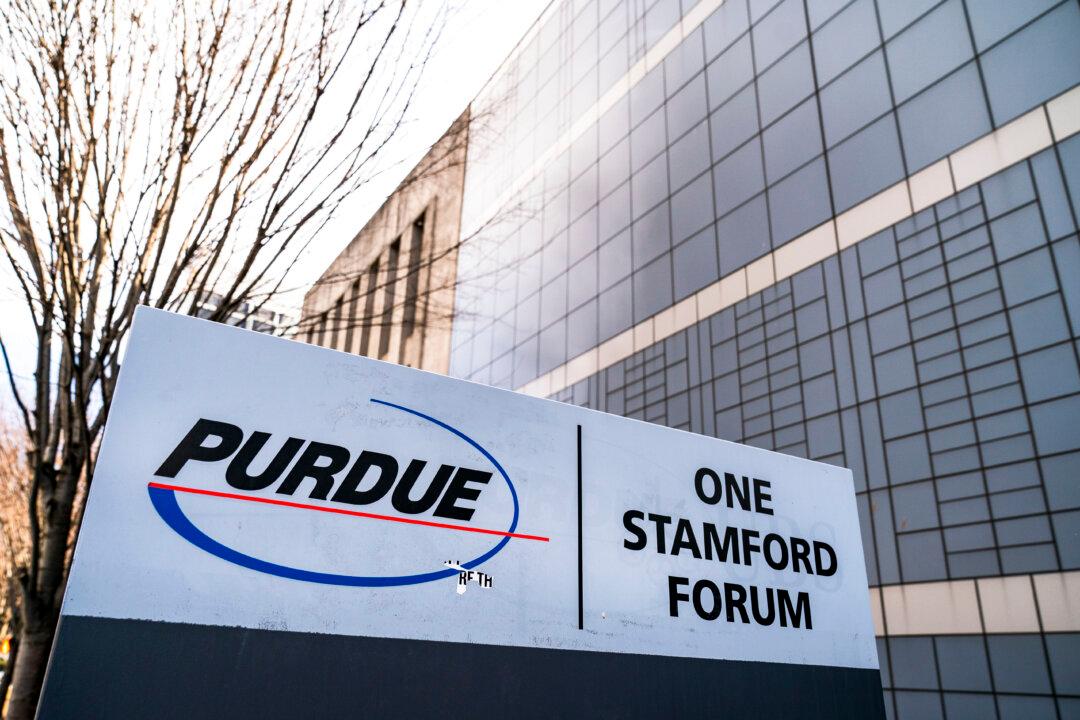For Kansas state Rep. Carrie Barth, the broken turbine in Marshall County and its fiberglass debris scattered across farmland has confirmed one of the many loopholes industrial wind companies have to distance themselves from responsibilities to the residents who live in their shadow.
“We have all of these bureaucracies to deal with health and environment, yet there’s no plan for remediating any problems that arise from these structures,” Barth told The Epoch Times.





